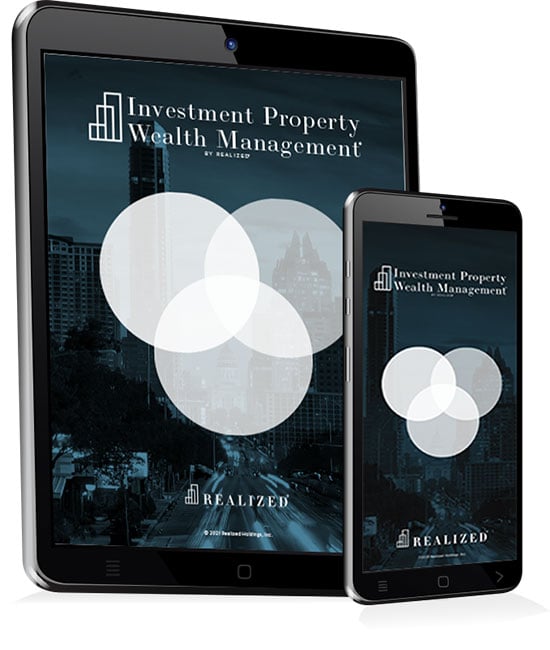
The first of the nation’s approximately 73 million Baby Boomers turned 65 back in 2011. Since then nearly 10,000 Baby Boomers turn 65 each day. These elder Americans comprise the second-largest age demographic in the U.S. behind Millennials. However, this “gray wave” is the fastest-growing segment of the U.S. population, the U.S. Census Bureau reports.
As this generation continues to age, it’s expected to create robust demand for senior housing. There are a wide range of housing options within this asset class, including:
- 55-and-over communities
- Nursing homes
- Independent living facilities
- Assisted living residences
- Age-restricted senior apartments/condominiums
- Continued care retirement communities
We have many investors inquire about senior housing to complete their 1031 exchanges. While investing in senior housing may seem like a sure bet due to ever-growing demand, there are some unique challenges associated with the asset class. Below we’ve outlined the pros and cons of investing in senior housing.
Who Invests in Senior Housing?
According to the National Association for Industrial and Office Parks (NAIOP), senior housing can be an attractive asset class for all types of investors. Some of the country’s largest publicly traded healthcare REITs -- Ventas, HealthPeak Properties and Welltower -- have a strong focus on senior housing. Other investor groups include private REITs, accredited investors, and pension funds, NAIOP notes.
The three primary housing options for seniors are assisted living, independent living, and acute care, the Certified Commercial Investment Member (CCIM) Institute reports. According to the National Center For Assisted Living, there are more than 30,000 assisted living facilities in the U.S. with more than 1 million licensed beds.
The average age of seniors entering assisted living facilities is age 85 -- a big gulf from that huge group of Baby Boomers turning age 65. Seniors typically prefer to “age in place,” or stay in their homes as long as possible, CCIM reports. Despite that fact, there’s been a huge boom in construction of senior housing facilities in both primary and secondary markets to accommodate the pending “gray wave.”
Ways to Invest in Senior Housing
With America’s aging population expected to strain current resources in coming years due to the huge crush of Baby Boomers and increases in life expectancy, demand is a primary reason why some investors consider adding senior housing to their portfolios.
REITs and private equity funds are two ways to passively invest in senior housing. Another way is by investing in a Delaware Statutory Trust composed of one or more senior care facilities. Investors with extensive knowledge of this asset class also can pursue direct investment opportunities.
Although demand for senior housing is expected to rise, investors face many unique risks, such as short-term oversupply, aging facilities that require large capital expenditures for modernization, tenant/staff turnover, strict operating regulations, and licenses and permits that can impact a facility's bottom line. And the Covid-19 pandemic was especially unkind on seniors in assisted-living properties, which led to a sharp nationwide decline in occupancy, the National Investment Center reports.
These property types often trade at higher capitalization rates than competing commercial asset classes, and the multitude of additional expenses (staffing, food, liability insurance, for instance) are often far higher as well. Investors should carefully consider the heightened risk that can come with investing in senior housing facilities.
The Bottom Line
Senior housing is a complex investment opportunity because it’s an asset class that combines housing, hospitality, service, and healthcare. You may find plenty of investment opportunities and investment methods to add this asset class to your portfolio. However, conducting ample due diligence prior to making an investment is important.
If you are considering purchasing shares of a DST with senior housing assets, we recommend looking for a strong track record of success with both the DST sponsor and the senior housing operator. We believe these factors can be as important as market competition, demand, location, source of rental payments (Medicaid vs. private pay), regional senior demographics, and other considerations. Lastly, weigh these factors against your tolerance for risk before deciding on your investment path.



